
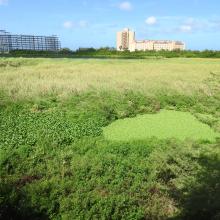
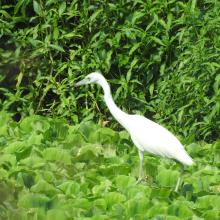
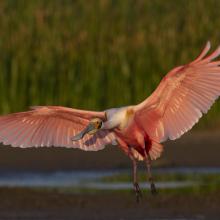

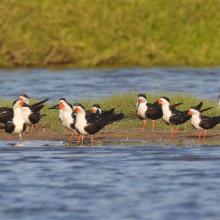
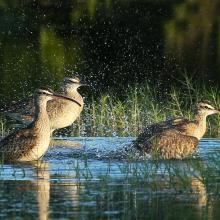
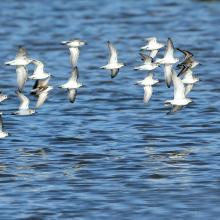





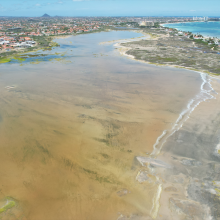
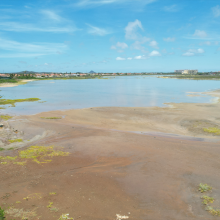
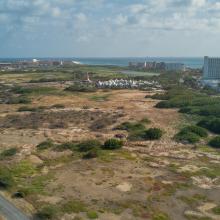
Western Wetlands
- Country:Netherlands (Kingdom of the) (Aruba)
- Site number:2528
- Area:392 ha
- Designation date:10-11-2023
- Coordinates:12°35'N 70°02'W
Materials presented on this website, particularly maps and territorial information, are as-is and as-available based on available data and do not imply the expression of any opinion whatsoever on the part of the Secretariat of the Ramsar Convention concerning the legal status of any country, territory, city or area, or of its authorities, or concerning the delimitation of its frontiers or boundaries.
Overview
The site consists of five locations with typical Aruban wetlands known as saliñas, non-tidal coastal wetlands where sea water may sporadically mix with fresh water to form an environment of varying salinities. The saliñas support highly specialized species: the plants are typically salt-tolerant, with grasses and grass-like plants such as sea-purslane (Sesuvium portulacastrum) and whorled dropseed (Sporobolus pyramidatus) growing along the edges of the mud flats and salt tolerant shrubs and trees commonly bordering the saliñas. The marshes provide vital food and habitat for insects, crustaceans and reptiles such as the endemic Aruba whiptail (Cnemidophorus arubensis). The globally vulnerable Curaçaoan long-nosed bat (Leptonycteris curasoae) is also present. Many bird species are resident in the saliñas or use the Site as a migration stopover or a breeding spot. The Site plays an important role in flood control as it acts as a rainwater catchment which reduces the risk to surrounding areas. Pollution from urban wastewater, invasive species and tourism are current threats to its ecological character.
Administrative region:
The Island of Aruba, which is a constituent country of the Kingdom of the Netherlands
- National legal designation:
- Identified by Aruba parliament as protected area and part of Aruba National Park - Bubali Wetlands
- Last publication date:10-11-2023
